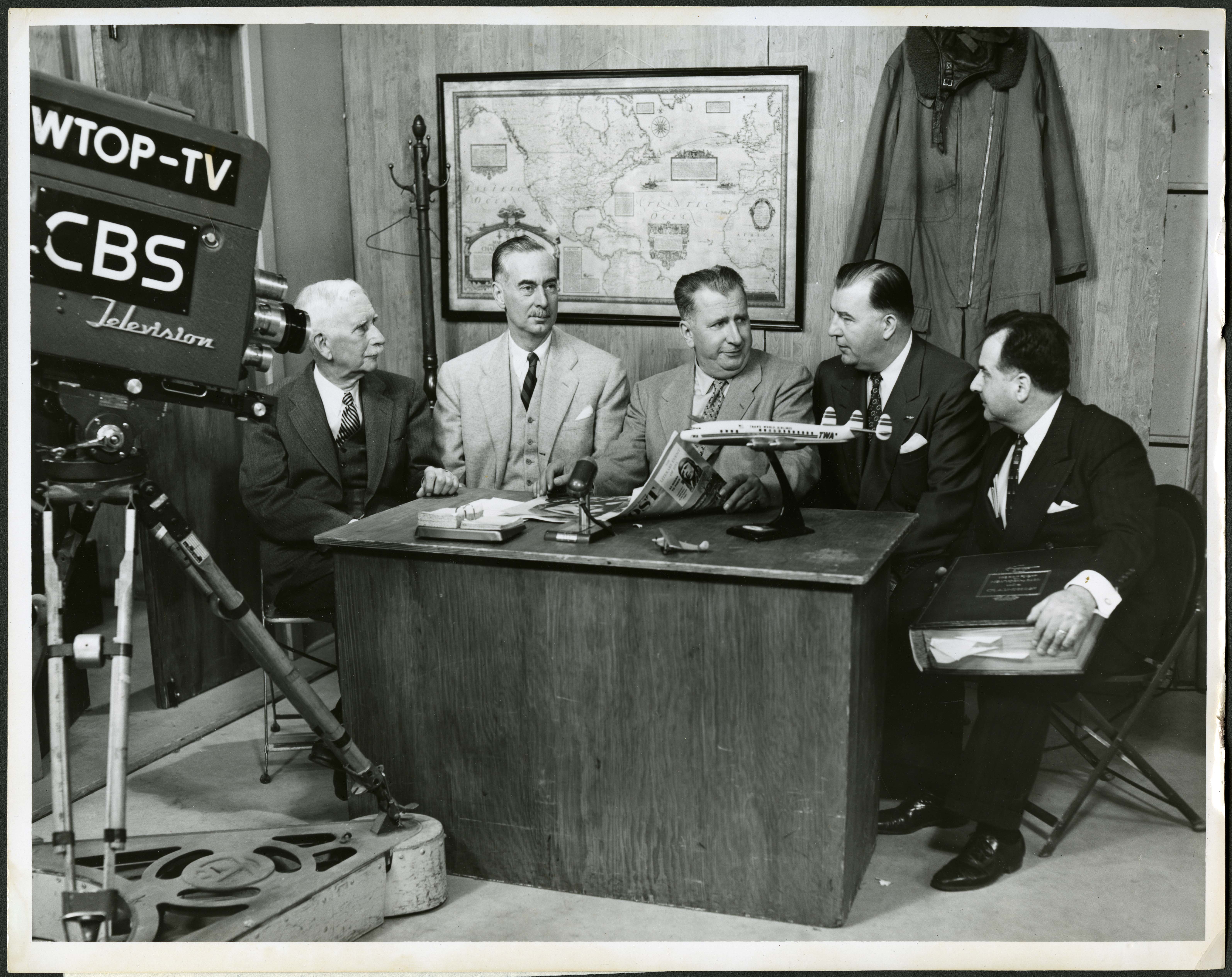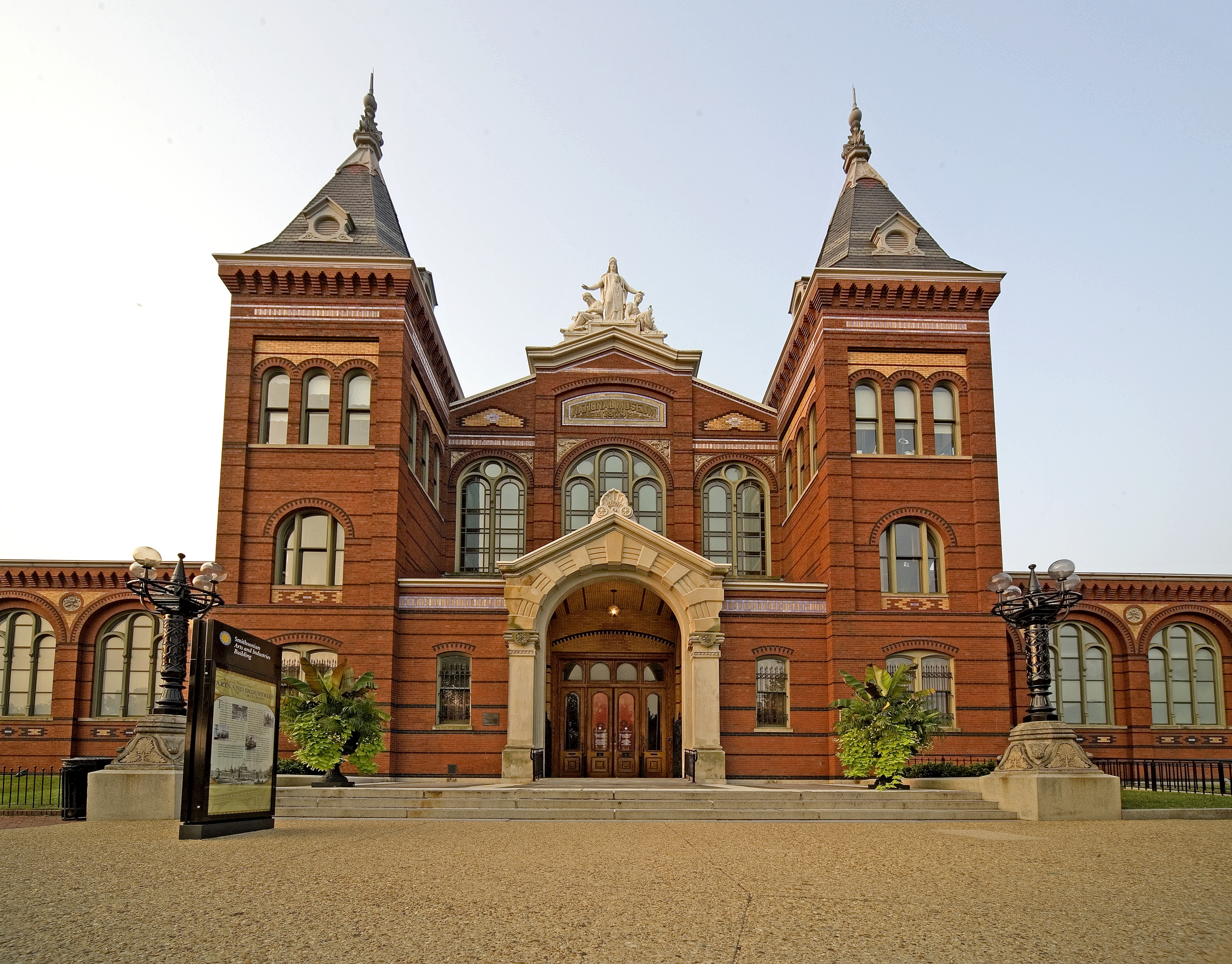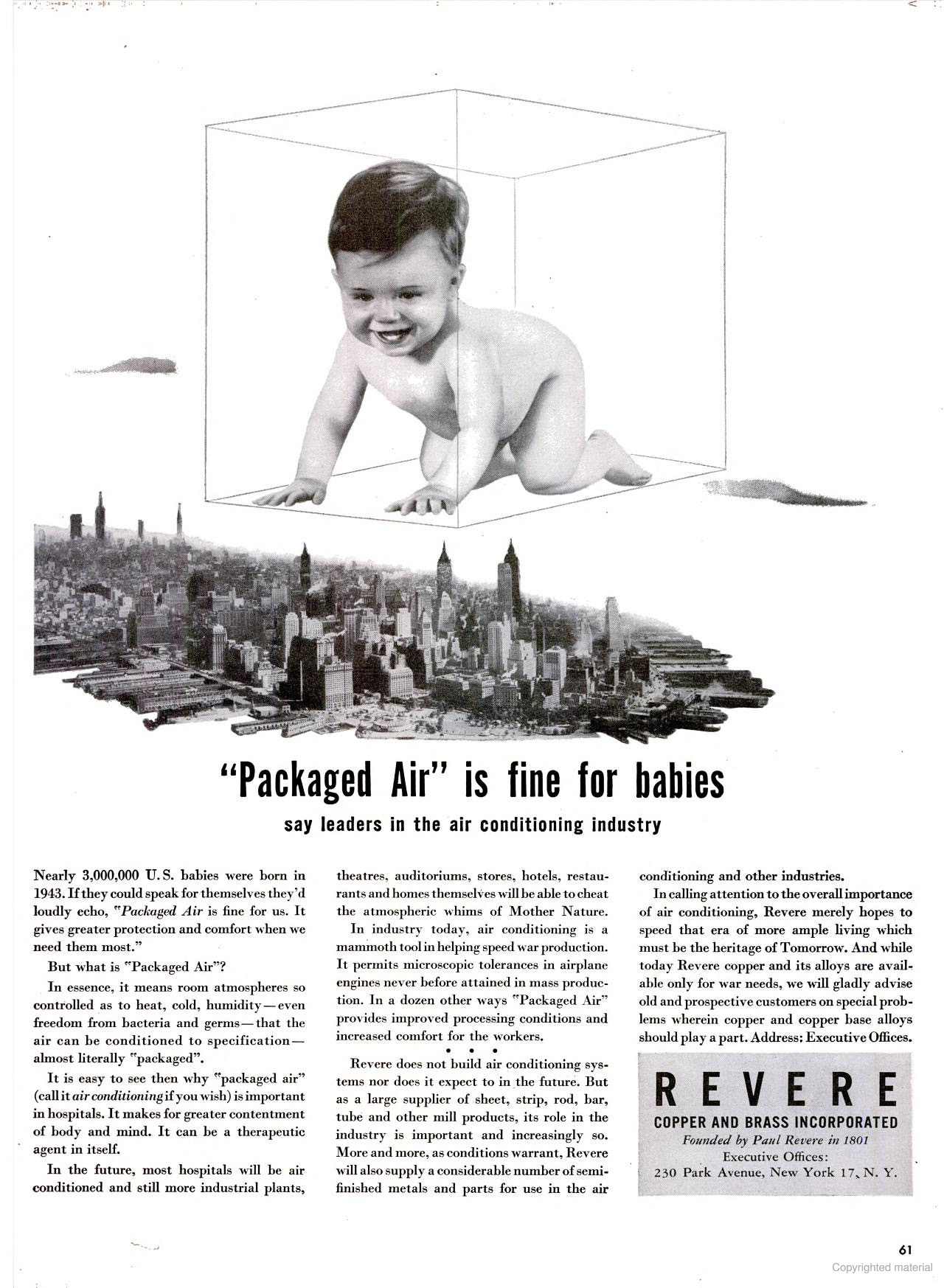Results for "Technology"
- Blog Post
Archiving the Smithsonian’s presence on the Internet
- Date: September 2, 2010
- Creator: Lynda Schmitz Fuhrig
- Description: Access the official records of the Smithsonian Institution and learn about its history, key events, people, and research.

Television and the Smithsonian: The Allure of Objects
- Date: October 15, 2012
- Creator: Marcel Chotkowski LaFollette
- Description: Television often uses museum artifacts to impart reality within illusion, but the real objects retain their power and relevancy.

The History of Email at the Smithsonian
- Date: July 21, 2015
- Description: Many of us read, write and send emails every day, but when did it all start at the Smithsonian? In 1980 Smithsonian staff had typewriters and telephones on their desk, with one or two FAX machines per office. The Smithsonian operated a single general purpose computer, the Honeywell mainframe, for all Smithsonian data processing applications and which did not include an email

Smithsonian Arts and Industries Building in the 21st Century
- Date: November 18, 2021
- Creator: Emily Niekrasz
- Description: The Arts and Industries Buildings reopens this weekend with FUTURES, the first building-wide exploration of the future on the National Mall. Though we've written plenty about the building's past on our blog, today, we're diving into its more recent history in the 21st century.

#AskAnArchivist 2020: Sharing From Home
- Date: October 8, 2020
- Creator: Emily Niekrasz
- Description: You asked. We answered. On October 7, 2020, six Archives staff members were excited and ready to answer questions on Twitter and Instagram for #AskAnArchivist Day.
A Conservator Abroad: Paper Conservation in Japan
- Date: November 16, 2017
- Creator: William Bennett
- Description: Nearly two years ago, I first heard of a course on the conservation of Japanese paper co-organized by ICCROM, the cultural heritage arm of UNESCO, and the Tokyo National Research Institute for Cultural Properties (also known in Japanese as “Tobunken”). Over three weeks, the course offered a first-hand look at the traditional Japanese conservation techniques, materials, and
- Blog Post
See Here: 8/27/2012
- Date: August 27, 2012
- Creator: The Bigger Picture
- Description: See Here: a weekly photo feature showcasing images from the collections of the Smithsonian Institution Archives.
- Blog Post
See Here: 5/24/2013
- Date: May 24, 2013
- Creator: Kira M. Sobers
- Description: See Here: a weekly photo feature showcasing images from the collections of the Smithsonian Institution Archives.
- Blog Post
See Here: 9/27/2013
- Date: September 27, 2013
- Creator: Kira M. Sobers
- Description: See Here: a weekly photo feature showcasing images from the collections of the Smithsonian Institution Archives.

Keeping Your Cool: Advertising Air Conditioning
- Date: June 20, 2017
- Creator: Hillary Brady
- Description: A look back at some historic, pre- and post-World War II air conditioning advertising.

Samuel Pierpont Langley and the Personal Equation Problem
- Date: April 12, 2018
- Description: The term “personal equation” came into use in the 19th century as scientists found that observers have inherent biases: some anticipate events, and some report events after they have occurred. Recognition of the problem led to a spate of personal equation instruments: some measured biases of this sort, and some reduced the effect of personal errors. Most of these
